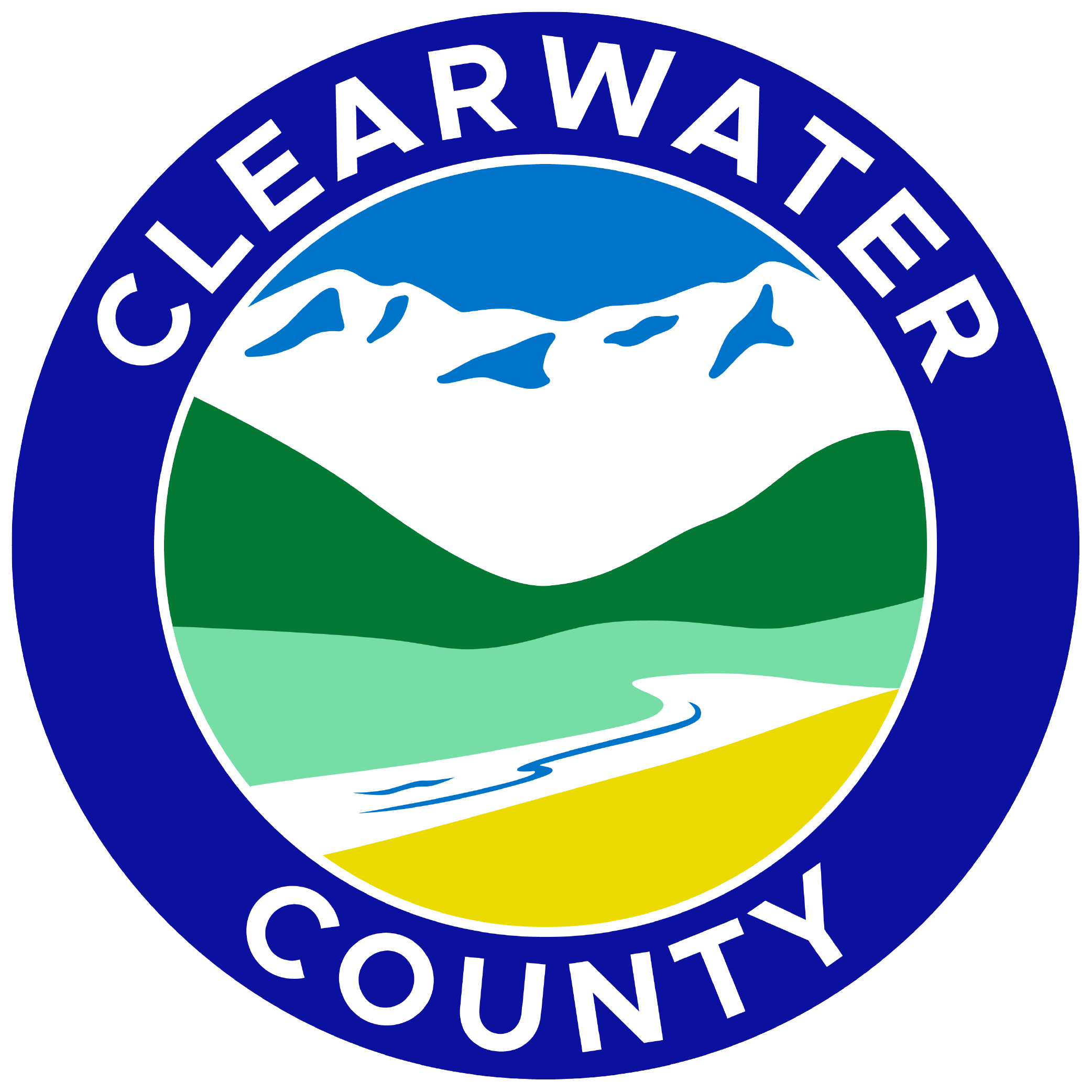As part of the updated Municipal Government Act (MGA), Intermunicipal Collaboration Frameworks (ICFs) are required for municipalities that share a border.
An Intermunicipal Collaboration Framework is a tool to facilitate cooperation between neighbouring municipalities to ensure municipal services are provided to residents efficiently and cost effectively.

The Clearwater County has successfully completed ICFs with the following municipalities through collaborative discussions:
- Town of Rocky Mountain House
- Village of Caroline
- Summer Village of Burnstick Lake
- Red Deer County
- Lacombe County
- Ponoka County
- Yellowhead County
- MD of Bighorn
- Brazeau County
- Improvement District 9 (Banff)
- Improvement District 12 (Jasper)
What is an ICF?
An Intermunicipal Collaboration Framework (ICF) must include:
- minimum requirements regarding intermunicipal land-use planning;
- minimum list of shared regional services;
- a dispute resolution process for when partnering municipalities cannot agree;
- timelines for completion;
- authority to exempt municipalities in certain cases; and
- other matters as required.
What is an IDP?
Village of Caroline
- Net Distribution Agreement
- Closed Industrial Cells Cost Sharing and Liability Agreement
- Regional Solid Waste Services Agreement
- Closed Municipal Landfill Cost Sharing and Liability Agreement
Background Information
- Municipal Development Plan (MDP) for the Village of Caroline; and
- Intermunicipal Development Plan (IDP) for the Village and surrounding lands in the County.
What does this mean to you?
The two plans will help shape the future of the Caroline and Area community. The MDP will describe how the village is expected to grow and change over the next 30 years. This includes new residential areas and new commercial and industrial development.
The IDP will describe how the lands around the village will be used over the next several decades. It will also include ways the Village and County can work together to accomplish the desired future for the area.
Materials and Resources for Review
Information and materials from earlier steps in the process can be viewed in this section.
- Village of Caroline Municipal Development Plan Background Report
- Caroline-Clearwater Intermunicipal Development Plan Background Report
- Display Boards - Text - from August 29 and August 30 Open House
- Display Boards - Maps - from August 29 and August 30 Open House
- Clearwater County and Village of Caroline Community Visioning Session Report
What is the Overall Process to Create the Plans?
The major steps and target dates for the Village of Caroline Municipal Development Plan and the Caroline-Clearwater Intermunicipal Development Plan are:
- Phase 1: Project Start-Up and Background Information – completed end of July 2018
- Phase 2: Public Input and Vision Setting – completed end of September 2018
- Phase 3: Writing the Draft Plan – completed end of December 2018
- Phase 4: Public Review of Draft Plan – completed January and February 2019
- Phase 5: Plan Adoption – completed in May 2019
Village of Caroline Municipal Development Plan – More Detail
The Municipal Development Plan guides and directs future physical growth and development. It seeks to ensure that it is orderly, economical and beneficial while balancing the environmental, social and economic needs and desires of the community. It is visionary, strategic and long-term in its outlook and application.
The Municipal Development Plan should reflect the kind of community residents wish to see in the future and identify ways to achieve this future. It provides a policy framework for development and planning decisions far into the future. A thirty (30) year period is the planning or time horizon typically considered.
Topics usually covered in a Municipal Development Plan include:
- Land use patterns showing the locations for major existing and future residential, commercial and industrial areas of activity;
- Major road and pedestrian corridors and networks;
- Preservation of significant natural features;
- Open space, park and recreation areas;
- Design of subdivisions and neighbourhoods;
- Economic development and locations for employment related needs;
- Cultural and heritage preservation; and
- Directions for future growth and expansion.
Caroline – Clearwater Intermunicipal Development Plan – More Detail
The Intermunicipal Development Plan guides the land use planning decisions of the Village and County to reach a mutually desired future for the area. It seeks to establish a clear understanding of each municipality’s long term planning interests and ways to build upon the positive and mutually beneficial relationship between the County and the Village. The IDP promotes common purpose and fosters certainty for landowners and the municipalities through a clear policy framework and ongoing dialogue.
Similar to the MDP, the Intermunicipal Development Plan should reflect the type of community that area residents wish to see develop over the next several years.
Topics usually covered in an Intermunicipal Development Plan include:
- Land use patterns showing the locations for major existing and future residential, commercial and industrial areas of activity;
- Major existing and future road and pedestrian corridors and networks;
- Preservation of significant natural features;
- Coordination of municipal infrastructure related to water, wastewater and storm drainage;
- Coordination of economic development efforts;
- Sharing of facilities and services;
- Processes for ongoing communication and resolution of issues that may arise; and
- Future changes in municipal boundaries.
Town of Rocky Mountain House
- Net Distribution Agreement
- Closed Industrial Cells Cost Sharing and Liability Agreement
- Regional Solid Waste Services Agreement
- Closed Municipal Landfill Cost Sharing and Liability Agreement


